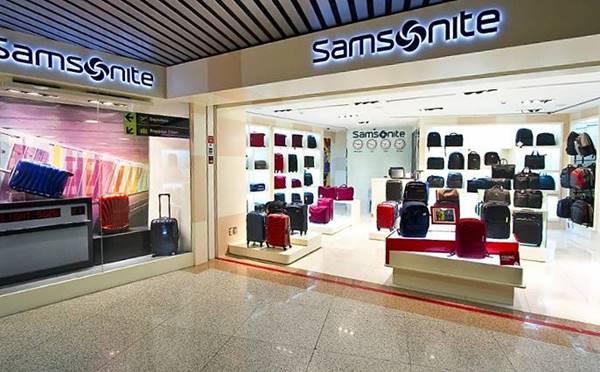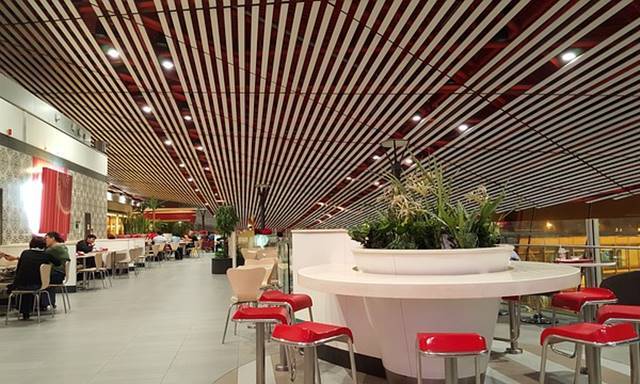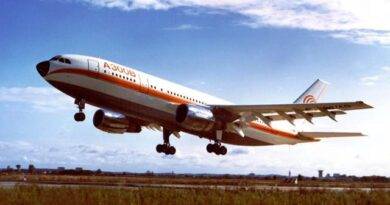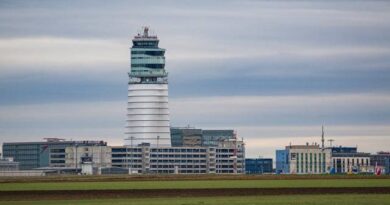Understanding the High Price Tag of Goods and Services in Airports
Airports, bustling with travelers from all corners of the world, have become more than just transportation hubs. They have evolved into multifaceted commercial spaces, offering an array of amenities and services. However, many passengers often wonder why everything seems to carry a hefty price tag within airports premises. In this article, we will explore the factors that contribute to the high cost of goods and services in airports and shed light on the underlying reasons. So, fasten your seatbelts as we embark on this journey of understanding.
Operating Expenses:
Airports are massive infrastructures with significant operating costs. These expenses include maintaining runways, terminal facilities, security systems, utilities, and staffing, among others. To cover these expenses, airports often charge exorbitant rents to the businesses operating within their premises. Consequently, these businesses, such as restaurants, shops, and duty-free outlets, must pass on their increased operating costs to customers, resulting in higher prices.

Limited Competition:
The commercial landscape within airports is often characterized by limited competition. Due to space constraints and exclusive agreements, airports may have a limited number of businesses that can operate within their terminals. This lack of competition eliminates the price pressure typically observed in other markets, allowing businesses to maintain higher profit margins. As a result, passengers have fewer options, and businesses can charge premium prices.
Security Regulations and Compliance:
Airports are subject to stringent security regulations to ensure the safety and well-being of travelers. These regulations often require additional security personnel, specialized equipment, and enhanced protocols, all of which come at a significant cost. These security expenses, coupled with the need for compliance with aviation regulations, can increase the operational costs for businesses within airports, contributing to the higher prices of goods and services.
Logistics and Supply Chain Challenges:
Operating within an airport comes with its own set of logistical challenges. Businesses within airports face restricted access and limited transportation options, which can impact their supply chains. Moreover, they often have to rely on specialized suppliers capable of meeting strict security and quality control standards, which may result in higher procurement costs. These additional logistical complexities and costs are ultimately reflected in the prices consumers pay.

image source: link
High Rent and Concession Fees:
Airports charge businesses rent and concession fees based on the space they occupy within the terminals. These fees can be exorbitant due to the prime location and the captive audience airports offer. Businesses must factor in these costs while setting their prices, as they contribute significantly to their overall expenses. Additionally, the bidding process for obtaining a concession space in an airport can be highly competitive, driving up the prices even further.
Conclusion:
The high cost of goods and services in airports can be attributed to a combination of factors, including operating expenses, limited competition, security regulations, logistical challenges, and high rent and concession fees. Understanding these underlying reasons helps shed light on why prices in airports tend to be higher compared to other locations. While it may be frustrating for travelers, it is important to recognize the unique operational environment of airports and the associated costs businesses must bear.
References:
- Operating Expenses:
- Airports Council International (ACI): Visit the official ACI website for publications and reports on airport operations and finances. (Website: https://aci.aero/)
- Airport Financial Statements: Explore the financial statements and annual reports of specific airports, which are often available on their respective websites. High price tag in airports
- Limited Competition:
- Airports Authority of India (AAI) – Retail Policy: AAI has a retail policy document that discusses concession agreements and retail operations within airports. (Document: https://www.aai.aero/sites/default/files/AAI-Retail-Policy-2019-2024.pdf)
- International Airport Review: This industry publication covers various aspects of airport operations, including retail and concessions. (Website: https://www.internationalairportreview.com/)
- Security Regulations and Compliance:
- Transportation Security Administration (TSA): The TSA website provides information on security regulations and guidelines for airports. (Website: https://www.tsa.gov/)
- International Civil Aviation Organization (ICAO): Visit the ICAO website for international aviation security standards and protocols. (Website: https://www.icao.int/Pages/default.aspx)
- Logistics and Supply Chain Challenges:
- Airport Cooperative Research Program (ACRP): ACRP conducts research on various aspects of airport operations, including logistics and supply chain management. (Website: https://www.nationalacademies.org/acr)
- Journal of Air Transport Management: This academic journal publishes research papers on various topics related to air transport, including logistics and supply chain challenges.
- High Rent and Concession Fees:
- Airport Concession Agreements: Some airports make their concession agreements publicly available. Check the websites of specific airports for relevant documents. High price tag in airports
- Airport World Magazine: This industry publication covers airport economics and business models, including discussions on concession fees. (Website: https://www.airport-world.com/)
- www.aviationfile.com



